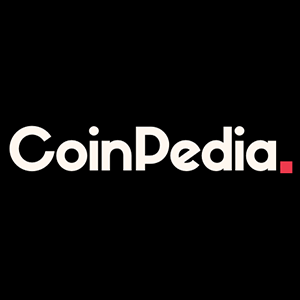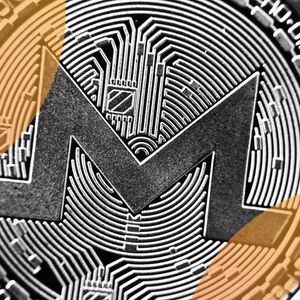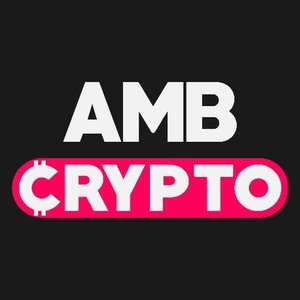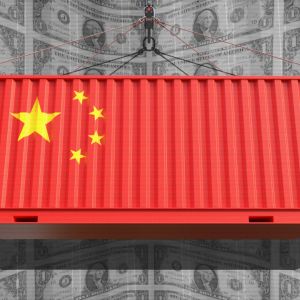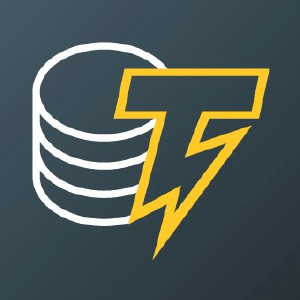BitcoinWorld Toss Bank Stablecoin: South Korea’s Pivotal Move Towards USD Digital Currencies The world of digital finance is constantly evolving, and at its heart lies the fascinating innovation of stablecoins. South Korea, a global leader in technological adoption, is now making significant waves with its neobanks stepping into this arena. Get ready to dive deep into the groundbreaking move by Toss Bank, a prominent player in the Korean fintech scene, as it charts a course for the future of digital currencies with its ambitious Toss Bank stablecoin initiatives. What Exactly is a Stablecoin, and Why Does Toss Bank Stablecoin Matter? In the dynamic realm of cryptocurrency, stablecoins stand apart. Unlike volatile assets such as Bitcoin or Ethereum, stablecoins are designed to maintain a stable value, typically by being pegged to a fiat currency like the U.S. dollar, or to commodities like gold. This stability makes them crucial for various financial activities, from everyday transactions to acting as a safe haven during market fluctuations. The recent revelation, reported by BIZ.HANKOOK, that Toss Bank, a leading South Korean neobank, has filed 54 trademark applications related to U.S. dollar-based stablecoins is a significant development. This move signals a strategic intent to venture into the global stablecoin market, moving beyond its previous focus on Korean Won (KRW)-pegged digital assets. The potential launch of a Toss Bank stablecoin could redefine digital finance in the region and beyond. From KRW to USD: The Strategic Shift of Toss Bank Stablecoin Ambitions Toss Bank isn’t new to the stablecoin concept. The neobank had previously explored and filed trademarks for stablecoins pegged to the Korean Won. However, their latest filings represent a clear pivot towards the U.S. dollar, which serves as the world’s primary reserve currency and the dominant peg for most major stablecoins globally. This shift suggests a broader ambition to participate in international digital transactions and provide a more globally recognized digital asset. The sheer volume and variety of the trademark applications are noteworthy. Toss Bank has combined “USD” with its own identifiers, “TS” or “Toss Bank,” to create a range of potential names. Here are some examples of the proposed Toss Bank stablecoin names: USDTBNK USDTS USDTB TBNKUSD TSBKUSD USDK (potentially combining USD with “K” for Korea) KUSD (Korean USD) This extensive filing indicates a thorough planning process, aiming to secure a wide array of branding options for their future USD-pegged digital currency. The inclusion of “K” in some names might also suggest a desire to emphasize their Korean origin while operating in the USD stablecoin space. What Benefits Could a USD-Pegged Toss Bank Stablecoin Unlock? The introduction of a USD-pegged Toss Bank stablecoin could bring several compelling advantages, not just for Toss Bank users but for the broader financial ecosystem: Enhanced Global Accessibility: A USD stablecoin would offer Korean users and businesses easier access to a globally accepted digital currency, facilitating international trade and remittances without the complexities of traditional foreign exchange. Reduced Transaction Costs: Leveraging blockchain technology, such a stablecoin could significantly lower the costs and speed up the processing time for cross-border payments compared to conventional banking channels. New Financial Products: It could pave the way for innovative financial services within the Toss Bank ecosystem, including lending, borrowing, and yield-generating opportunities based on a stable digital asset. Increased Liquidity: By adding another reputable stablecoin to the market, Toss Bank could contribute to overall market liquidity and provide more options for traders and investors looking for stable on-ramps and off-ramps in the crypto space. Boost for South Korea’s Fintech Leadership: This move solidifies South Korea’s position as a forward-thinking nation in fintech innovation, demonstrating its willingness to embrace and integrate cutting-edge digital financial solutions. Navigating the Path Ahead: Challenges for Toss Bank Stablecoin While the prospects are exciting, Toss Bank will undoubtedly face significant challenges in bringing its USD stablecoin vision to fruition: Regulatory Clarity: South Korea’s regulatory framework for stablecoins is still evolving. Toss Bank will need to navigate complex legal requirements regarding issuance, reserves, consumer protection, and anti-money laundering (AML) compliance. Reserve Management: Maintaining a 1:1 peg to the U.S. dollar requires robust and transparent reserve management. Building and auditing these reserves to ensure trust and stability will be paramount. Competition: The USD stablecoin market is already dominated by established players like Tether (USDT) and Circle (USDC). Toss Bank will need to differentiate its offering and build trust in a highly competitive landscape. Technological Infrastructure: Developing and maintaining the secure and scalable blockchain infrastructure required for a widely used stablecoin will be a considerable undertaking. User Adoption: Despite Toss Bank’s large user base, convincing a broad audience to adopt a new digital currency for everyday use will require significant education and incentives. What’s Next for Toss Bank Stablecoin and South Korea’s Digital Future? The filing of these trademarks is an initial, yet crucial, step. It indicates Toss Bank’s serious intent, but the journey from trademark application to a fully operational Toss Bank stablecoin is long. Future developments will likely involve: Regulatory Engagements: Close collaboration with South Korean financial regulators to ensure compliance and obtain necessary approvals. Partnerships: Forming alliances with blockchain technology providers, audit firms, and other financial institutions. Pilot Programs: Potentially launching limited pilot programs to test the stablecoin’s functionality and gather user feedback. Market Strategy: Developing a clear strategy for how the USD stablecoin will integrate into Toss Bank’s existing services and how it will be marketed to both domestic and international users. This move by Toss Bank could be a bellwether for how traditional financial institutions, particularly agile neobanks, will engage with the evolving digital asset economy. South Korea’s proactive stance in exploring stablecoins, both KRW and USD-pegged, positions it as a key player in shaping the future of global digital finance. Conclusion: The recent trademark filings by Toss Bank mark a truly exciting moment for the digital asset space, particularly in South Korea. The prospect of a Toss Bank stablecoin , especially one pegged to the U.S. dollar, signifies a bold step towards integrating traditional finance with the decentralized world. This strategic move could not only redefine how South Koreans interact with digital currencies but also set a precedent for other neobanks globally. As we watch this story unfold, it’s clear that the future of finance is becoming increasingly interconnected, with stablecoins playing a pivotal role in bridging the gap between conventional banking and the innovative blockchain landscape. Frequently Asked Questions (FAQs) Here are some common questions about Toss Bank’s stablecoin plans: What is Toss Bank? Toss Bank is a leading South Korean neobank, part of the larger Toss fintech platform, which offers a wide range of financial services, including mobile payments, investments, and banking, to millions of users. What is a stablecoin, and how does it differ from other cryptocurrencies? A stablecoin is a type of cryptocurrency designed to maintain a stable value by being pegged to a stable asset, like the U.S. dollar. Unlike volatile cryptocurrencies such as Bitcoin or Ethereum, stablecoins aim to offer price stability, making them suitable for transactions and as a store of value. Why is Toss Bank interested in USD-based stablecoins instead of KRW-pegged ones? While Toss Bank previously filed for KRW-pegged stablecoins, the pivot to USD-based stablecoins reflects a strategic move towards a globally recognized and widely used currency. The U.S. dollar is the world’s primary reserve currency, making USD stablecoins highly liquid and useful for international transactions and broader integration into the global crypto economy. What are the potential benefits of a Toss Bank stablecoin for users? A Toss Bank stablecoin could offer users faster and cheaper international remittances, easier access to U.S. dollar-denominated digital assets, and potentially new financial products and services within the Toss Bank ecosystem, all with the stability of a fiat-pegged currency. What challenges might Toss Bank face in launching a stablecoin? Key challenges include navigating South Korea’s evolving regulatory landscape for digital assets, ensuring transparent and robust reserve management, competing with established global stablecoin providers, and building the necessary secure and scalable technological infrastructure. The journey of Toss Bank stablecoin is just beginning, and its impact could resonate far beyond South Korea. If you found this article insightful, we encourage you to share it with your network! Help spread the word about this exciting development in the world of digital finance by sharing on social media. Your engagement helps us continue to bring you the latest and most crucial updates from the crypto space. This post Toss Bank Stablecoin: South Korea’s Pivotal Move Towards USD Digital Currencies first appeared on BitcoinWorld and is written by Editorial Team



